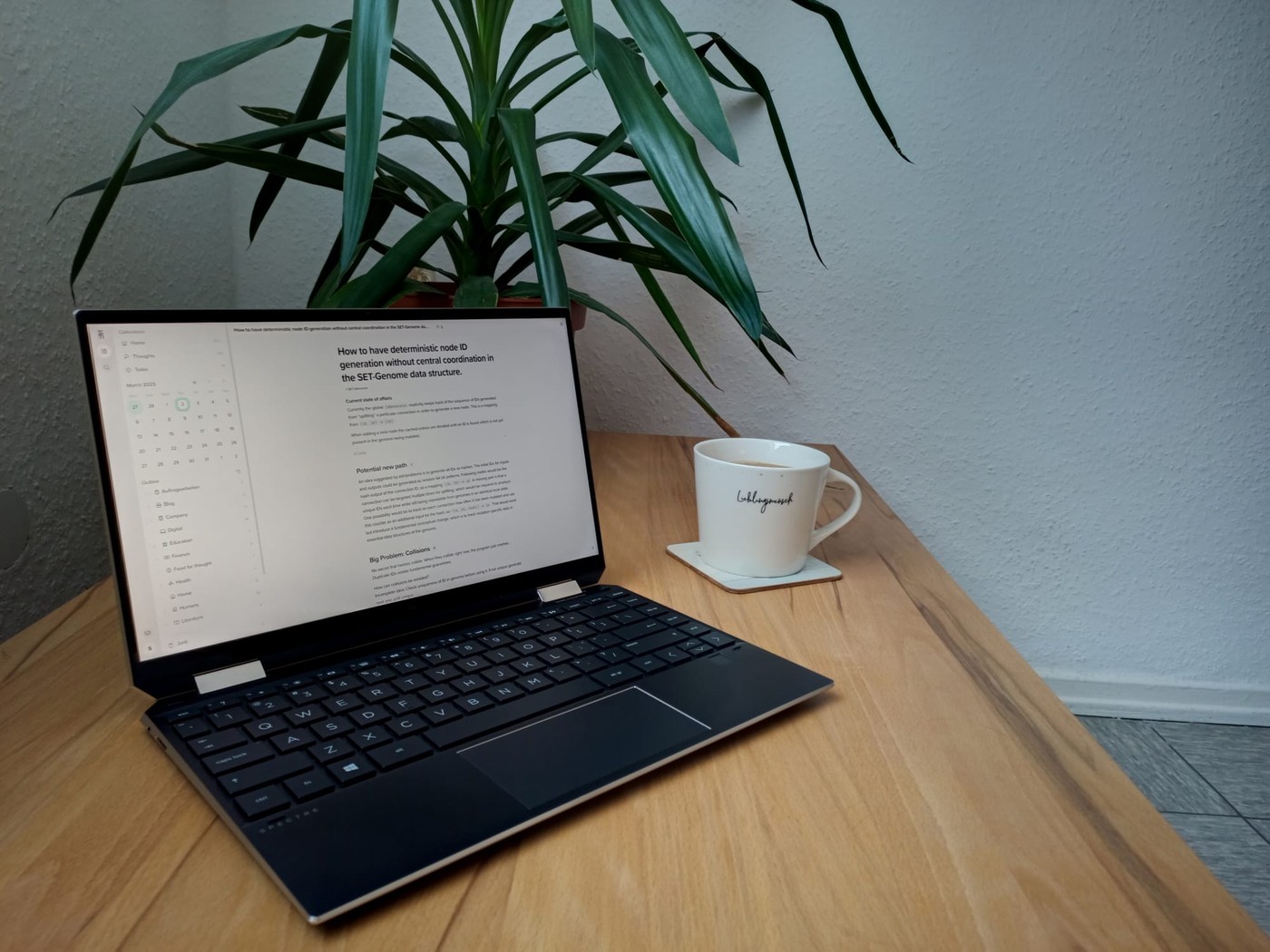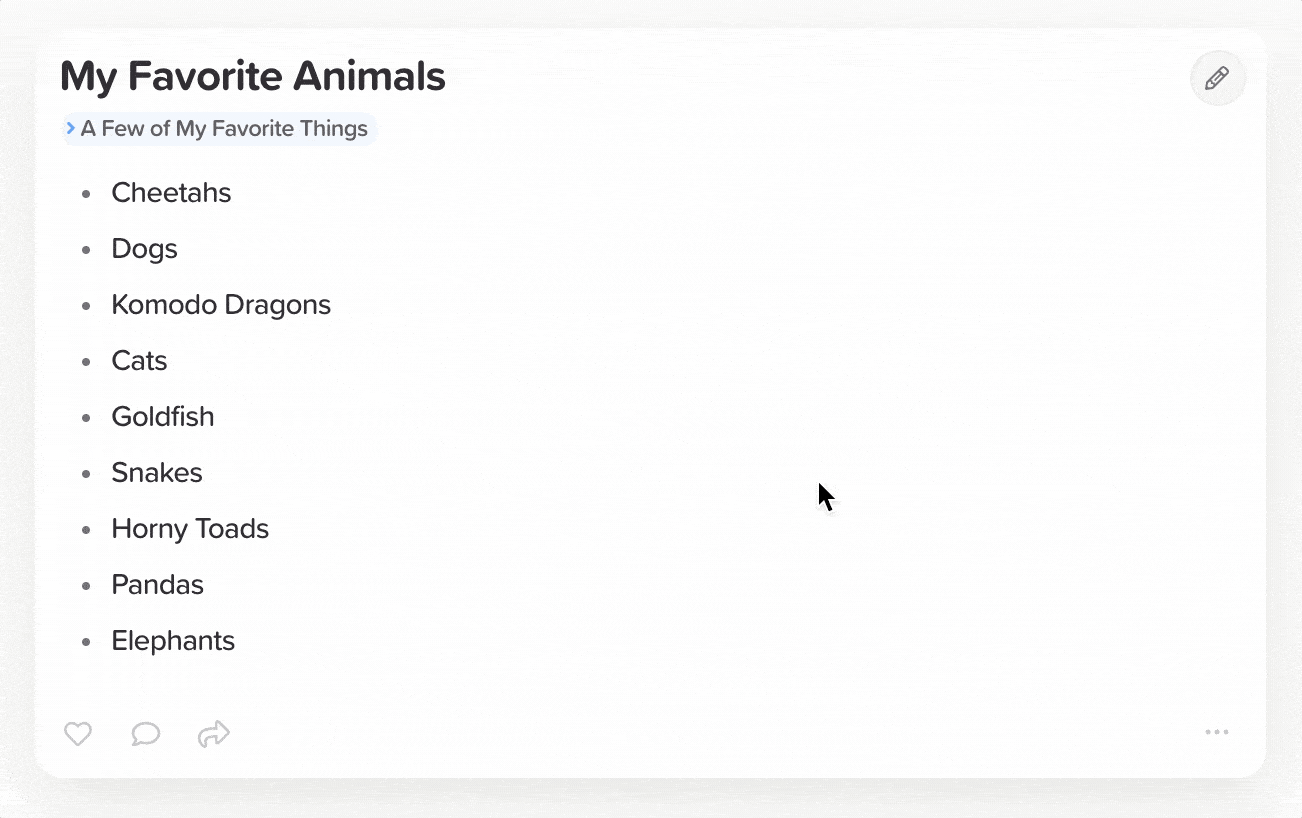
Taking notes consistently is a difficult task, so we are reaching out to our power users to hear their stories. Hopefully their knowledge and insight will help you with your own productivity workflow. This week we are hearing from Silvan, a software engineer from Germany who’s been using Supernotes for over a year!
Ahoi! My name is Silvan from Germany. I’m 25 years old and spend my time as a software engineer, by working on my masters degree in computer science and surrounding myself with wonderful friends and family. In between those I develop open source software and currently play Guild Wars 2 again.
How were you taking notes before Supernotes?
I use note-taking primarily to collect arbitrary ideas to ponder about them later. Often they are about my open source projects or perspectives on new technologies I encounter. Generally I’ve learned to value noting things down to be able to recall them at all and precisely, too.
Leveling up from what was just occasional .txt files I picked up Roam Research as my first dedicated note-taking tool. While I liked the idea of bidirectional links a lot the development was slow at the time, especially for mobile.
My main concern with note-taking is to have it accessible everywhere and immediately so I can capture thoughts on the spot in the moment they come. Roam Research did not allow for that as its loading time on mobile was neck-breaking for my thought process.
How has Supernotes helped you as a software engineer?
If I recall correctly I’ve stumbled upon Supernotes on Hacker News and went all-in right away. What convinced me were a collection of subtle things.
I really liked the ”Thoughts” concept from the beginning, urging for a tool to encourage revisiting past notes by default. As I often spontaneously take notes on the fly I appreciate that feature a bunch.

A photo Silvan kindly shared of his setup on the go
Also I think the soft limit on characters per card incentivizes being concise and to restructure notes once they grow while only being a cue and not a hard limitation. That hits a sweet spot for me.
One little disappointment for me was when the mobile app was discontinued for Android 9. But by configuring Supernotes as my default webpage when opening a new tab on mobile I get exactly the opportunity to quickly note down what’s on my mind.
A particular workflow I’ve developed a proof of concept for (but have to revisit) is blogging from Supernotes. As Supernotes offers a nice API (heck yeah) I wrote a script running regularly via Github Actions. It pulls the HTML representation of particular cards, adds some styling and voilà publishes that via Github Pages.
Here is the result: SilvanBlogs
If you had to name one feature on Supernotes that’s your favourite, which one would it be?
The multi-cursor line editing. While their certainly are more powerful features it just makes me feel at home. During coding I use it all the time and to have it available during note-taking was just a “Wow”-moment for me.

A demonstration of multi-cursor in action on Supernotes
What other productivity apps do you use?
Sometimes on a poor connection I fall back to a simple offline note-taking app on mobile. Depending on their importance I transfer those back to Supernotes later on. During lectures I take handwritten notes on my Remarkable e-ink digital college block (just ask your favorite search engine if you don’t know what I’m talking about).

A photo Silvan kindly shared of his desk setup
I also really like to use the “Whiteboard” app I installed on the wall of my room. It’s just more responsive than anything I’ve encountered so far and allows for really immersive collaboration but lacks in modern editing features like undo/redo.
Another digital tool I value a lot (and integrated with Supernotes via Pipedream) is Pocket to quickly collect and tag websites. Lastly for scientific writing I use Overleaf, a web-based LaTeX editor.
We hope you enjoyed reading Silvan’s note-taking journey. If you’ve been using Supernotes regularly or have a productivity workflow you’d like to share, we’d love to hear from you. Get in touch with us over on Twitter, @supernotesapp or send us an email, [email protected]

Take notes effortlessly
Join thousands of happy notetakers!